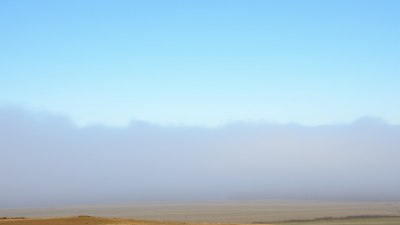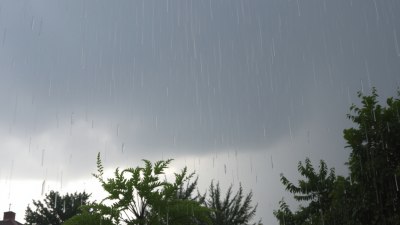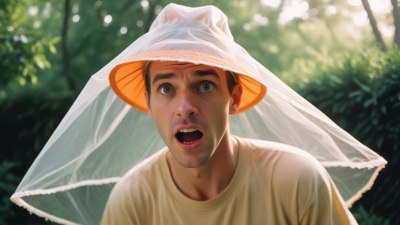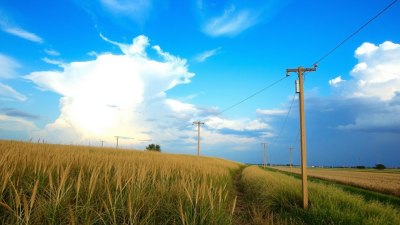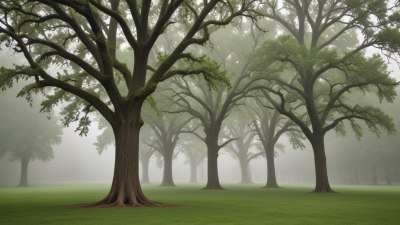Why Snow Is Sometimes Blue
Discover the science behind blue snow and its unique visual phenomena.
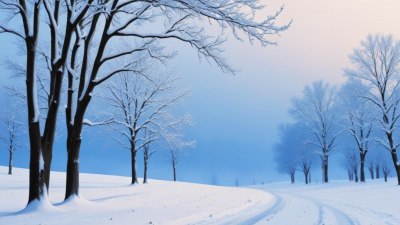
This image was created with the assistance of Freepik
Have you ever gazed at a snowy landscape and noticed that some snow appears to have a blue tint? This intriguing phenomenon has captivated scientists and nature enthusiasts alike. Understanding why snow can sometimes appear blue involves delving into the properties of light, the structure of snowflakes, and how these factors interplay in our environment.
The Science of Light
To comprehend the blue hue of snow, it helps to understand the basics of light. Sunlight, or white light, consists of several colors, which can be seen when light passes through a prism. When light interacts with different materials, it can scatter, absorb, or transmit certain wavelengths of color. In ordinary daylight, the sunlight contains a balance of all colors, which is why snow usually appears white.
Snowflake Structure
Snowflakes have a complex crystalline structure formed during the process of snowfall. Each snowflake is composed of tiny ice crystals, and the unique arrangements of these crystals determine how they interact with light. The intricate shapes and sizes of snowflakes can cause light to scatter in various directions. While we normally perceive snow as white, under certain conditions, the angle of light and the structure of the snow can create a blue effect.
Reflecting and Absorbing Light
The blue appearance of snow can be largely attributed to the interaction between light and the ice within snowflakes. Ice crystals can absorb light in the redder wavelengths of the spectrum effectively, allowing more blue light to be scattered and reflected. Consequently, when this phenomenon occurs, the snow takes on a blue appearance. This effect is often more prominent in deep snowpacks that have built up over time, where the ice crystals become compacted and may be able to absorb more of the longer wavelengths.
Environmental Factors
The blue appearance of snow is also influenced by environmental factors such as the quantity of snowfall and the surrounding scenery. For instance, when the sun is low in the sky, the snow may appear blue due to the increased scattering of light through the atmosphere and its interaction with the snow. Moreover, snowy landscapes surrounded by mountains or dense trees can create stunning contrasts, enhancing the perceived color of the snow.
Blue Shadows and Lighting Conditions
A key aspect of the blue snow phenomenon is the shadows created by the sun at different times of the day. The long shadows cast by low sun angles can produce bluish hues in the snow, as they filter the light's color. This can often occur during sunrise and sunset, creating a breathtaking visual of indigo and blue conversing with the stark white. This effect can be heightened following a fresh snowfall, as the newly fallen snow has not yet been disturbed or compacted, allowing the light to interact with it in unique ways.
Observational Examples
There are many famous locations known for their stunning blue snow. One example is the Rocky Mountains in Colorado, where the combination of low sun angles and fresh powder can create brilliant blue vistas. Similarly, areas in the Arctic, where snow settles undisturbed for long periods, often display striking blue tones due to the ice's interaction with sunlight. Observations of blue snow are often made in regions where the snow is deep and undisturbed, allowing for the greatest light interaction.
Snow as an Indicator of Climate Change
Interestingly, studies have shown that snow can act as an indicator of climate change. As temperatures rise and snowfall patterns alter, the properties of snow may change as well. Changes in snow structure, density, and depth can affect how light interacts with it. For example, warmer winters may lead to a denser snow, changing the way blue light is scattered and absorbed. As researchers continue to observe these phenomena, the relationship between snow color and climate change can provide valuable insights into ecological shifts.
Historical Perspectives
The blue color of snow has also been a subject of folklore and artistic representation throughout history. Many cultures have interpreted this phenomenon in various ways, often associating it with deep spiritual or natural significance. Artists have attempted to capture the beauty of blue snow in photography and paintings, encouraging viewers to appreciate the nuances of nature’s palette.
In summary, the appearance of blue snow is a fascinating intersection of science and art, stemming from the interactions of light with the unique structures of snowflakes. Understanding the conditions that lead to this phenomenon enriches our appreciation of snowy landscapes. As we continue to learn about the effects of climate change, observations of blue snow may also become critical to understanding environmental shifts. So next time you find yourself surrounded by a snowy landscape, take a moment to observe the colors around you, and you may just catch a glimpse of that enchanting blue hue amid the white.

